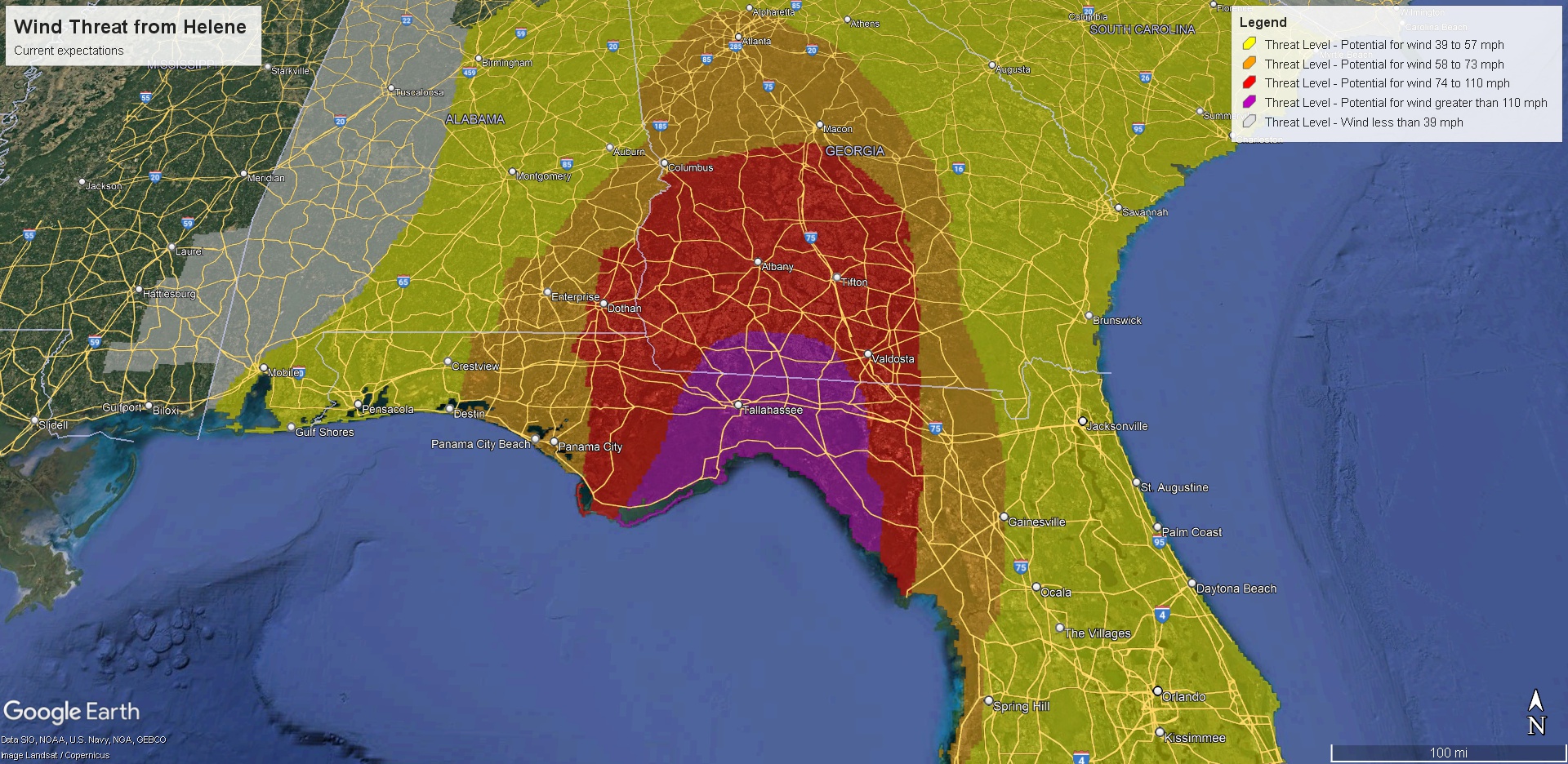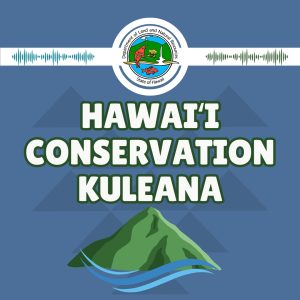Report on the “Dominate the Storm” Initiative and its Alignment with Sustainable Development Goals
Introduction: Public Engagement for Climate Resilience
An educational event series, “Dominate the Storm,” is scheduled to take place in Augusta, Georgia. This report analyzes the initiative’s objectives and methodologies, with a specific focus on its contributions to the United Nations Sustainable Development Goals (SDGs), particularly SDG 13 (Climate Action), SDG 4 (Quality Education), and SDG 11 (Sustainable Cities and Communities).
Event Objectives and Contribution to SDG 4: Quality Education
Hosted by meteorologist Dr. Reed Timmer, the event aims to provide accessible and engaging education on extreme weather phenomena. This directly supports the targets of SDG 4.
- Goal: To inspire a new generation of scientists and meteorologists by blending entertainment with scientific education.
- Methodology: The presentation will feature scientific data, real-world footage from inside tornadoes, and interactive elements.
- SDG 4 Alignment: The initiative promotes lifelong learning opportunities for all and aims to increase the number of youth and adults who have relevant skills for sustainable development by disseminating scientific knowledge about climate and weather.
Advancing SDG 13: Climate Action through Scientific Research
Dr. Timmer’s work and the content of the series are fundamentally linked to understanding and combating climate change and its impacts, a core component of SDG 13.
- Research and Innovation: Dr. Timmer utilizes advanced technology, including a specialized vehicle (Dominator 3), drones, and rocket-launched sensors, to collect data from within tornadoes. This research contributes to a better understanding of extreme weather mechanics.
- Climate Change Link: The presentation will address the direct connection between rising sea surface temperatures and the rapid intensification of hurricanes, a critical aspect of climate change education.
- Data-Driven Insights: The scientific data collected on thermodynamics and wind inside tornadoes is crucial for improving forecasting models and strengthening resilience to climate-related hazards.
Strengthening SDG 11: Sustainable Cities and Communities
The event’s location and timing—in Augusta on the first anniversary of Hurricane Helene—underscore its relevance to building community resilience, a key target of SDG 11.
- Community Preparedness: By educating the public on the science behind hurricanes and tornadoes, the event enhances awareness and preparedness for natural disasters.
- Resilience to Natural Disasters: The discussion of extreme wind damage and embedded tornadoes within hurricanes, as experienced during Hurricane Helene, provides localized, relevant information that helps communities better understand and mitigate risks.
- Integrating Education and Safety: The initiative serves as a platform to strengthen the capacity of a local community for early warning, risk reduction, and management of national and global health and climate risks.
Analysis of Sustainable Development Goals in the Article
1. Which SDGs are addressed or connected to the issues highlighted in the article?
-
SDG 4: Quality Education
The article highlights an educational event, the “Dominate The Storm” speaking series, which aims to provide “education and entertainment for all ages.” Dr. Reed Timmer explicitly states, “We want to inspire the next generation of scientists and meteorologists out there,” directly linking the event’s purpose to promoting science education.
-
SDG 9: Industry, Innovation, and Infrastructure
The article describes the use of advanced technology and scientific research to study extreme weather. This includes the “tank-like vehicle, the Dominator 3,” and the use of “rockets and drones” to shoot “miniaturized sensors into tornadoes.” This focus on scientific research and technological innovation to understand natural phenomena aligns with SDG 9.
-
SDG 11: Sustainable Cities and Communities
The event is held in Augusta on the anniversary of “Hurricane Helene rampaging through the area,” highlighting the vulnerability of communities to natural disasters. The educational nature of the event, focusing on understanding and forecasting extreme weather, contributes to building community awareness and resilience against such hazards.
-
SDG 13: Climate Action
The core theme of the article is extreme weather events like tornadoes and hurricanes, which are climate-related hazards. Dr. Timmer directly connects the intensification of hurricanes to climate change, stating, “With the sea surface temperature rise, I think that could have triggered the rapid intensification of many hurricanes.” The entire initiative is focused on understanding, forecasting, and educating the public about these climate-related disasters.
2. What specific targets under those SDGs can be identified based on the article’s content?
-
Target 4.7 (under SDG 4)
This target aims to ensure learners acquire knowledge for sustainable development. The article describes the “Dominate The Storm” series as sharing “a lot of educational material on tornadoes, tornado forecasting, and storm chasing” and covering “a lot of science and engineering in the presentation.” This directly contributes to educating the public and youth on topics relevant to sustainable development, such as climate science and disaster preparedness.
-
Target 9.5 (under SDG 9)
This target focuses on enhancing scientific research and encouraging innovation. The article details Dr. Timmer’s work to “get a three-dimensional X-ray of the tornado, the thermodynamics inside the wind” by using innovative tools like the Dominator 3 vehicle and launching sensors via rockets and drones. This is a clear example of applying advanced scientific research and technology to deepen understanding of natural phenomena.
-
Target 11.5 (under SDG 11)
This target aims to reduce the impact of disasters on people and communities. While the article doesn’t measure a reduction in losses, the event’s purpose is to educate the public about extreme weather. By improving understanding of events like Hurricane Helene, which caused “extreme wind damage around Augusta,” the initiative helps build the knowledge base necessary for community preparedness and risk reduction.
-
Target 13.1 (under SDG 13)
This target calls for strengthening resilience and adaptive capacity to climate-related hazards. The research and educational efforts described in the article—from collecting data inside tornadoes to teaching the public about them—are fundamental activities for strengthening a community’s ability to anticipate, prepare for, and respond to natural disasters like hurricanes and tornadoes.
-
Target 13.3 (under SDG 13)
This target focuses on improving education and awareness-raising on climate change impact reduction and early warning. The “Dominate The Storm” series is a direct example of this, as it is an event designed to educate the public on extreme weather phenomena and their scientific underpinnings, including the connection between rising sea surface temperatures and hurricane intensity.
3. Are there any indicators mentioned or implied in the article that can be used to measure progress towards the identified targets?
-
Implied Indicator for Targets 4.7 and 13.3:
The existence of public educational programs on climate-related disasters. The “Dominate The Storm” speaking series itself serves as a qualitative indicator that such awareness-raising initiatives are being implemented. The number of attendees or cities the tour visits could be a quantitative measure.
-
Implied Indicator for Target 9.5:
Investment in and application of technology for scientific research. The article’s description of the “Dominator 3,” rockets, and drones used for data collection implies the use of resources and technological innovation for research and development in meteorology and climate science.
-
Implied Indicator for Targets 11.5 and 13.1:
Availability of scientific data for early warning and risk reduction. The article mentions the goal is to collect “scientific data… inside tornadoes” and discusses “tornado forecasting.” This data collection is a prerequisite for creating effective early warning systems that can help reduce the impact of disasters on communities.
4. Table of SDGs, Targets, and Indicators
| SDGs | Targets | Indicators (Mentioned or Implied in the Article) |
|---|---|---|
| SDG 4: Quality Education | Target 4.7: Ensure all learners acquire knowledge and skills needed to promote sustainable development. | The existence of educational programs (“Dominate The Storm” series) focused on science, engineering, and climate-related phenomena for all ages. |
| SDG 9: Industry, Innovation, and Infrastructure | Target 9.5: Enhance scientific research and encourage innovation. | Application of advanced technology (Dominator 3 vehicle, rockets, drones) for scientific data collection inside tornadoes. |
| SDG 11: Sustainable Cities and Communities | Target 11.5: Significantly reduce the number of people affected by disasters. | Implementation of public awareness initiatives (the speaking tour) to educate communities on extreme weather risks, referencing past events like Hurricane Helene. |
| SDG 13: Climate Action | Target 13.1: Strengthen resilience and adaptive capacity to climate-related hazards.
Target 13.3: Improve education, awareness-raising and human and institutional capacity on climate change. |
Collection of scientific data for improved forecasting of extreme weather.
Public education events that explain the link between climate factors (sea surface temperature rise) and the intensity of natural disasters (hurricanes). |
Source: augustachronicle.com







